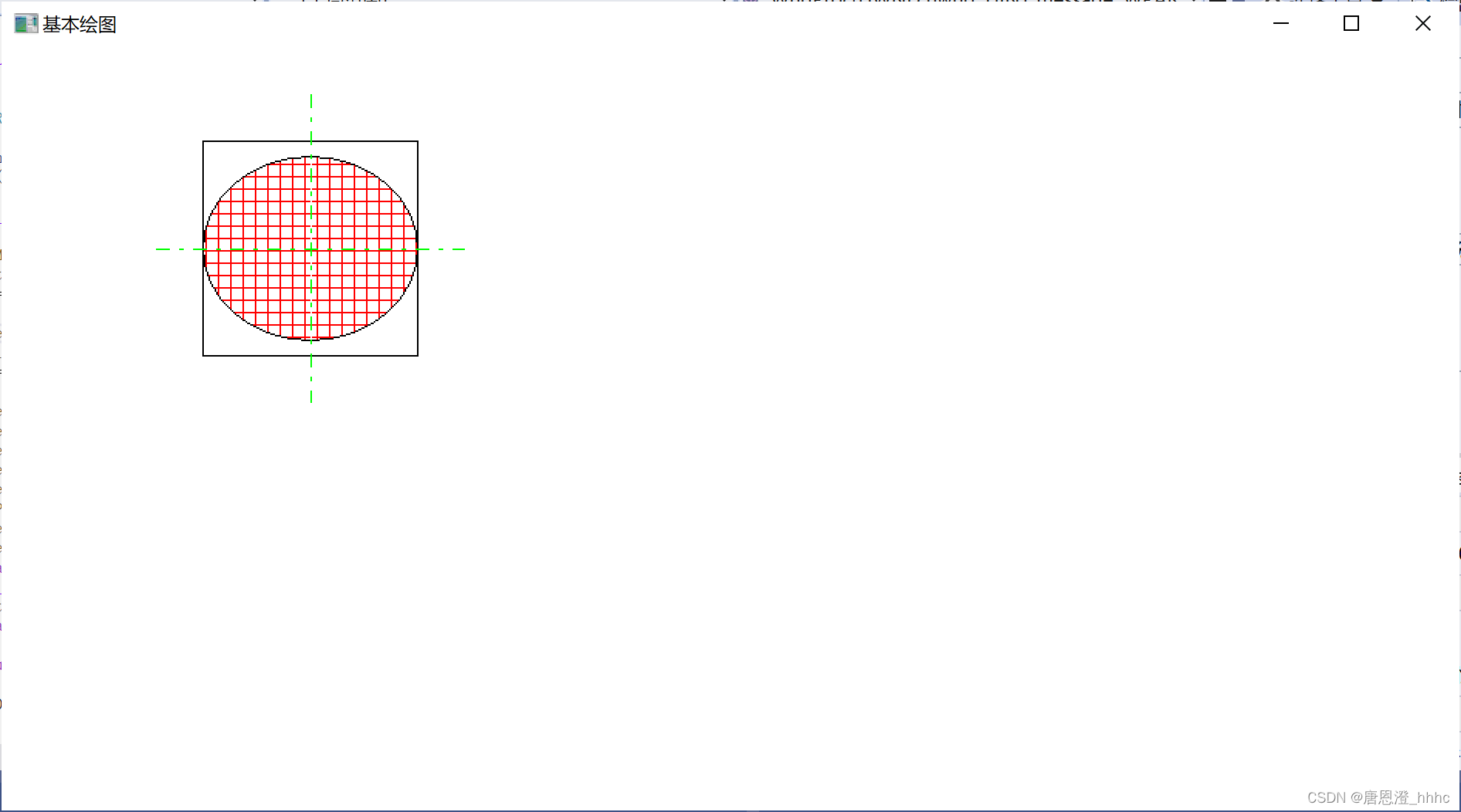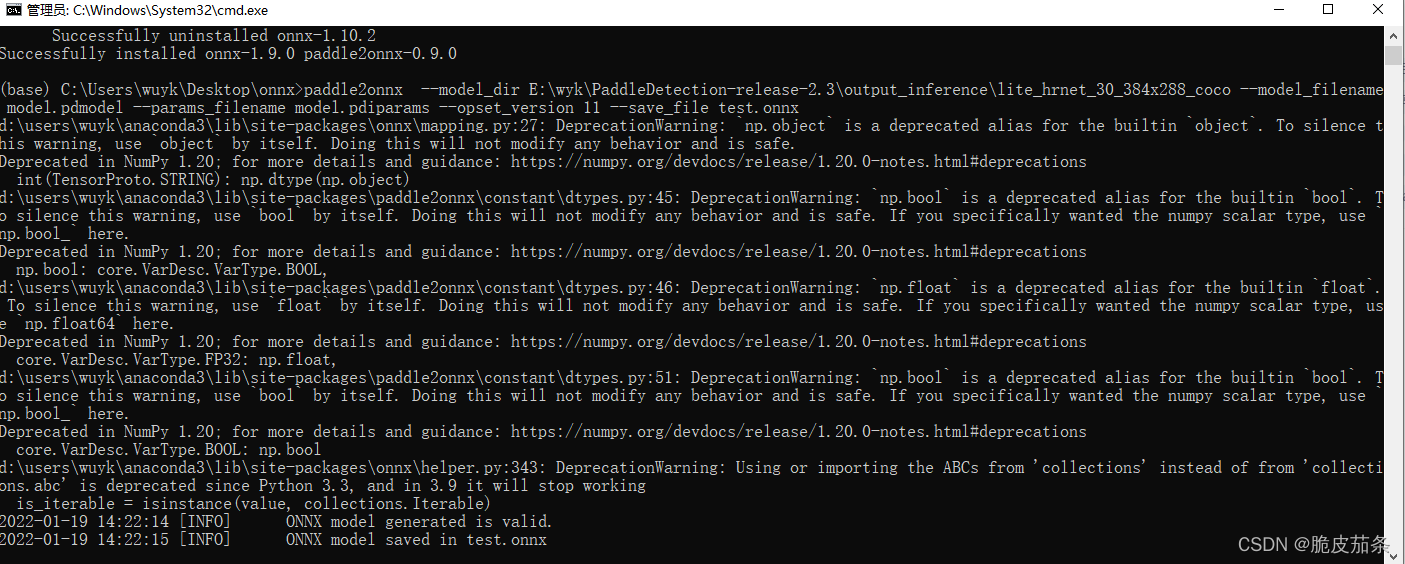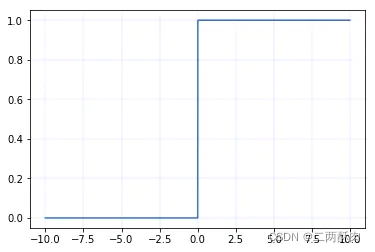当前位置:网站首页>Definition, understanding and calculation of significant figures in numerical analysis
Definition, understanding and calculation of significant figures in numerical analysis
2022-04-23 03:37:00 【Blue area soldier】
One 、 Definition of significant numbers
To define a significant number , We need to give the following definitions first , In fact, they are all very simple and understandable things , But it's a bit of a detour to express it with a mathematical formula .
error :
if x ∗ x^{\ast } x∗ Is the exact value x x x An approximation of , said e ∗ = x ∗ − x e^{\ast }=x^{\ast }-x e∗=x∗−x by x ∗ x^{\ast } x∗ The error of the .
This is the approximate value minus the actual value , And the error must be for the approximation , So it's called e ∗ e^{\ast } e∗ by x ∗ x^{\ast } x∗ The error of the
Error limits :
if ∣ e ∗ ∣ ≤ ε ∗ \left| e^{\ast }\right| \leq \varepsilon ^{\ast } ∣e∗∣≤ε∗, said ε ∗ \varepsilon ^{\ast } ε∗ by x ∗ x^{\ast } x∗ The error limit of
The error and error limit mentioned above are absolute error limits , All have dimensions , for instance 100 Rice rope , The approximate length is 99 rice , The error is 1 rice . And such as 3 Rice rope , The approximate length is 2 rice , The error is also 1 rice . Same error , But for approximation , Obviously, the previous example is more approximate , Therefore, the concept of relative error is put forward , It's actually dividing the absolute error by the exact value . Generally speaking, errors are absolute errors , When you say relative error, you must use the word relative error , Otherwise it will be confused ....
Relative error :
We take the error of the approximation e ∗ e^{\ast } e∗ And the exact value x x x The ratio of the e ∗ x = x ∗ − x x \dfrac {e^{\ast }}{x}=\dfrac {x^{\ast }-x}{x} xe∗=xx∗−x Called an approximation x ∗ x^{\ast } x∗ The relative error of , Write it down as e r ∗ e^{\ast }_{r} er∗
But there's a problem , You don't know the exact value in the actual calculation ( Otherwise, there is no need for approximation ), Therefore, the approximate value is usually taken for calculation :
e r ∗ = e ∗ x ∗ = x ∗ − x x ∗ e^{\ast }_{r}=\dfrac {e^{\ast }}{x^{\ast }}=\dfrac {x^{\ast }-x}{x^{\ast }} er∗=x∗e∗=x∗x∗−x
But on the condition that e r ∗ e^{\ast }_{r} er∗ smaller .
Relative error limits :
The relative error can be positive or negative , The upper bound of its absolute value is called the relative error limit , Write it down as : ε r ∗ = ε ∗ ∣ x ∗ ∣ \varepsilon ^{\ast }_{r}=\dfrac {\varepsilon ^{\ast }}{\left| x^{\ast }\right| } εr∗=∣x∗∣ε∗
That's where the error is defined , It's very simple , The absolute error is the approximate value minus the exact value , The error limit is the upper limit that the absolute value of the absolute error can reach , It's how much you can miss at most . The relative error is the absolute error divided by the exact value , But we usually don't know the exact value , So it's directly divided by the approximate value of the estimate . The relative error limit is the absolute error limit divided by the absolute value of the approximate value .
Let's talk about the definition of significant numbers . We learned significant numbers in primary school , It's time to learn numerical analysis , But you're dizzy with a definition , however , Mathematics is like this , In order to achieve some accuracy , Very complex formulas are often used to express a simple meaning . Let's take a look at the definition of significant numbers :
Middle school definition :
For an approximate number , The first one from the left is not 0 The number starts with , To the last digit , All numbers are called the significant numbers of this approximate number
Numerical analysis definition :
If approximate x ∗ x^{\ast } x∗ The error limit of is half a unit on a bit , This bit ( Include this bit ) To x ∗ x^{\ast } x∗ The first non-zero significant digit of the share n n n position , said x ∗ x^{\ast } x∗ have n n n Significant digits
Two 、 Understanding of the definition of significant numbers
Let's think about what significant numbers are used for , In the process of people measuring , A tool for measuring 、 And the reading during measurement will produce errors , That is, the systematic error and accidental error learned in high school , For example, your ruler is broken , There must be an error between the measured value and the real value , This error is regular , For example, measure 2 The object of meters , Your ruler reads more than the real value 10cm, measuring 4 The object of meters , Your ruler reads more 20cm. There is also accidental error , You have a very accurate ruler , The scale fits the object very accurately , But different people measure , To measure , Everyone reads differently , Or the action when measuring is different , Resulting in errors , Is accidental error .
But when we measure the results , Always want to know to what extent the measurement results are accurate . But this does not mean that the significant number is from left to right. How many digits are the same as the real value , Now let's look at the definition of numerical analysis :
If the error limit is half a unit on a bit , That means that the difference between your measured reading and the real value reading is no more than that of 1/2.
Example :
A ruler with a millimeter scale measures a wooden stick , The measured reading is 876mm, The error limit is 0.5mm, The significant number is 3 Significant digits . A half unit of a millimeter unit , From the millimeter bit to the first non-zero significant digit , Yes 3 position .
Think about it , The error limit is 0.5mm, If the true value is 872.4mm, Then the reading may be 873mm Do you ? impossible , Because the error is 0.6mm, The error limit is exceeded , The reading should be at 871.9 and 872.9 Between .
3、 ... and 、 How to calculate
To calculate significant numbers :
Or you need to know the error limit ,
Or know the error ( Knowing the error, we can find the error limit ).
Then count according to the estimated value .
Approximate value of pi 3.1415926 Valid number of
True value 3.14159265358979…
Error is 0.00000005358979…<0.5×10^(-6)
The significant figures are 7
版权声明
本文为[Blue area soldier]所创,转载请带上原文链接,感谢
https://yzsam.com/2022/04/202204220602025805.html
边栏推荐
- Design and implementation of redis (4): what is the event driver of redis
- Initial experience of talent plan learning camp: communication + adhering to the only way to learn open source collaborative courses
- Concepts of objects and classes
- Problem a: face recognition
- 【微服务】(十)—— 统一网关Gateway
- Talent Plan 学习营初体验:交流+坚持 开源协作课程学习的不二路径
- C-11 problem h: treasure chest 2
- Codeforces Round #784 (Div. 4)题解 (第一次AK cf (XD
- Alphafpld upgrade alphafold multimer
- JS - accuracy issues
猜你喜欢

Visual programming - drawing assignment

打卡:4.22 C语言篇 -(1)初识C语言 - (11)指针

Wechat applet cloud database value assignment to array error

Applet - WXS

Paddlepaddle model to onnx

QT learning summary

Opencv4 QR code recognition test

Concepts of objects and classes

AWS from entry to actual combat: creating accounts

Deep learning notes (II) -- principle and implementation of activation function
随机推荐
抽象类、接口、常用关键字
Several common methods of multithreading
JS changes the words separated by dashes into camel style
Unity Basics
Alphafpld upgrade alphafold multimer
Variable definition and use
A sword is a sword. There is no difference between a wooden sword and a copper sword
Software testing process
Design and implementation of redis (1): understand data structures and objects
Test questions and some space wars
Use the thread factory to set the thread name in the thread pool
C abstract class
String input problem
Picture synthesis video
Batch download of files ---- compressed and then downloaded
Seekbar custom style details
PYMOL-note
AWS from entry to actual combat: creating accounts
The content of the website is prohibited from copying, pasting and saving as JS code
Un aperçu des flux d'E / s et des opérations de fichiers de classe de fichiers